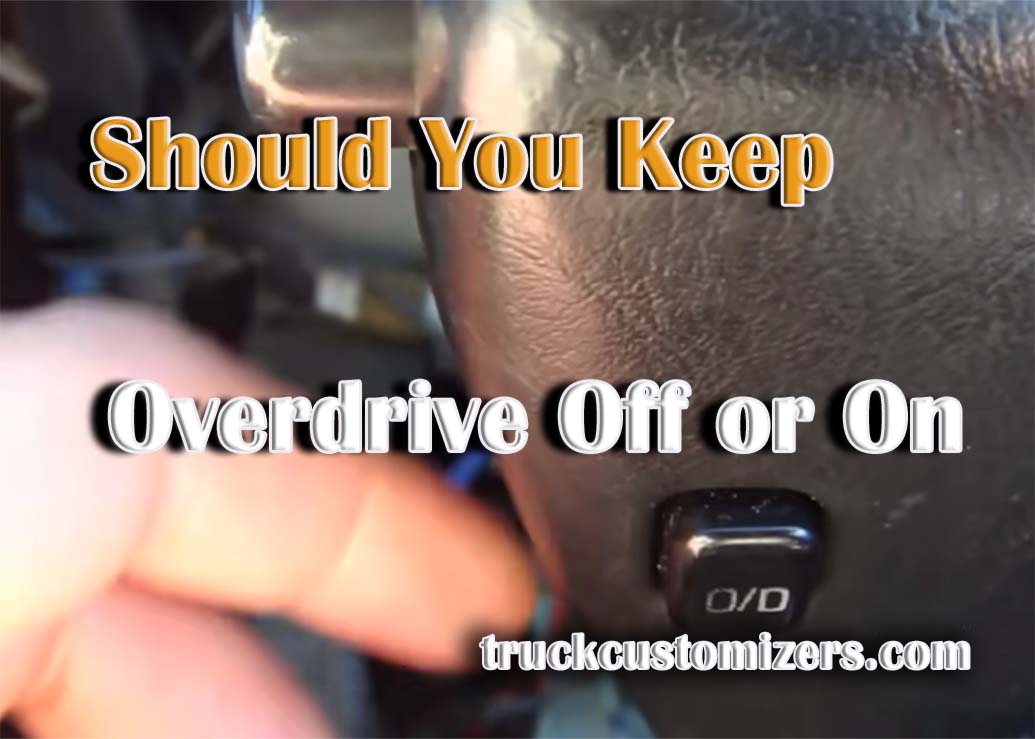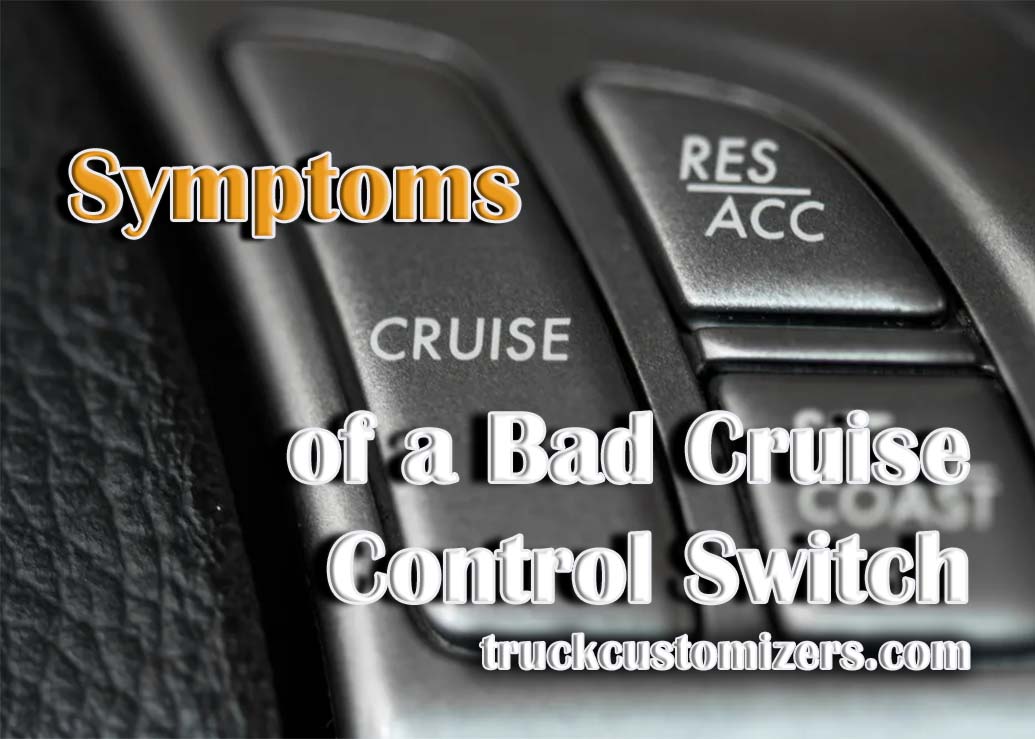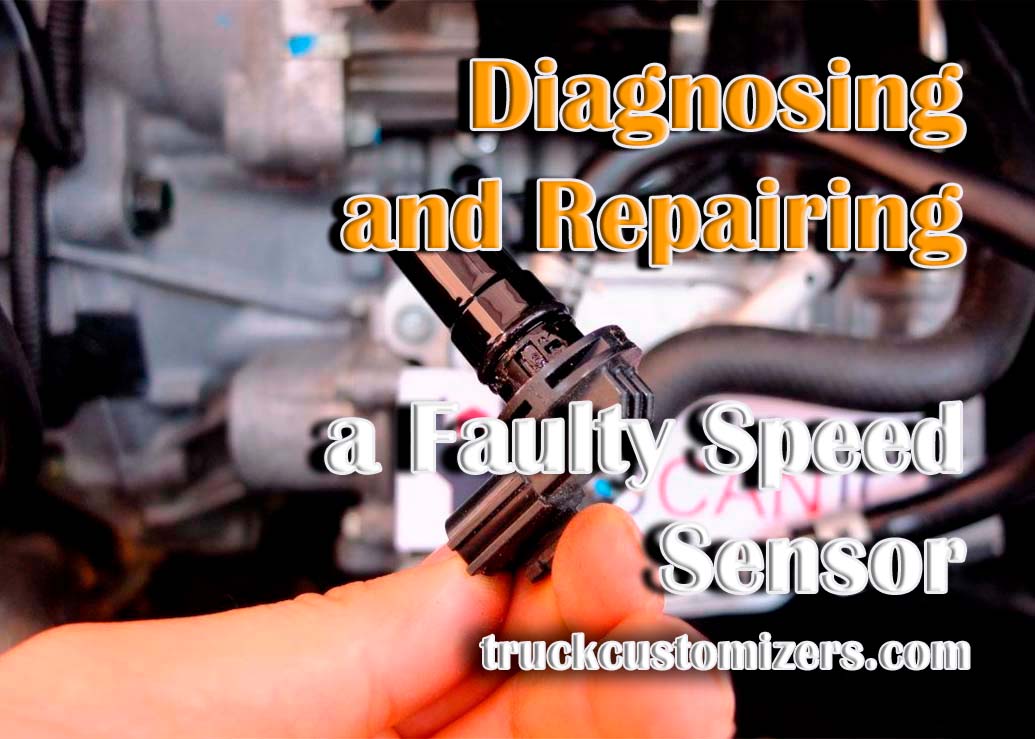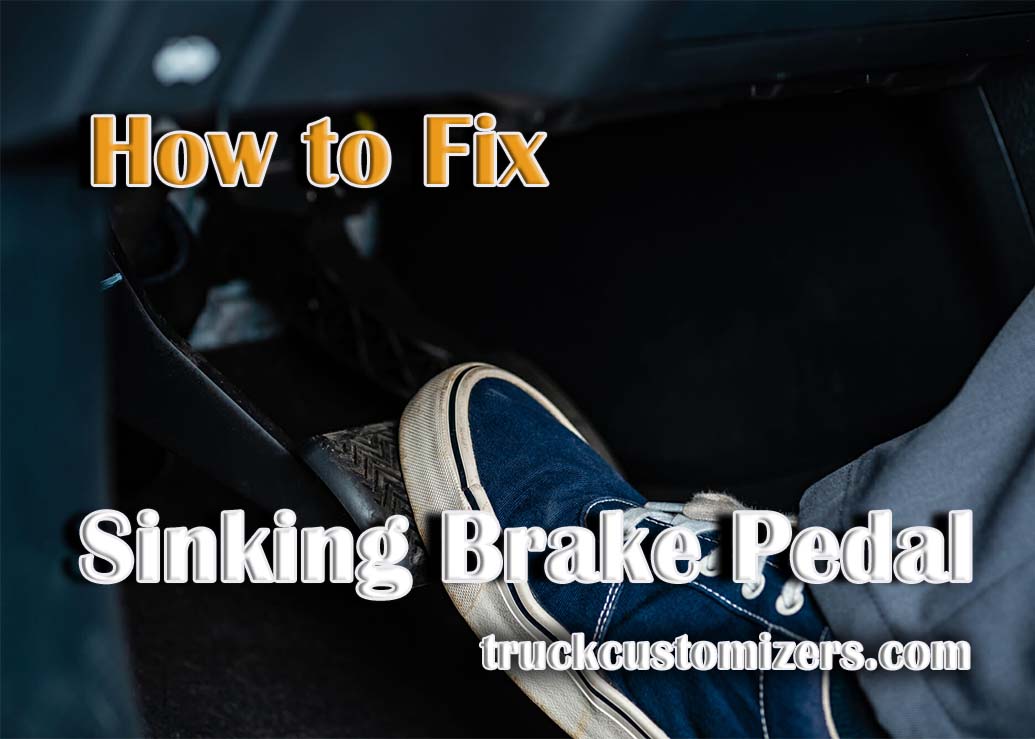Cars today have various features designed to enhance the driving experience, and one of these is overdrive. For many, this might simply appear as just another button on the dashboard, but its function is vital. Overdrive has a direct role in how a car performs, especially in terms of fuel consumption and engine efficiency. By understanding overdrive, drivers can make better decisions, optimizing both the performance of their vehicle and the amount of fuel they use. This article aims to break down what overdrive is, how it impacts driving, and when it’s best to use it. It’s like a handy guide for drivers to get the most out of their vehicle, ensuring smooth rides and efficient fuel use.
Benefits of Keeping Overdrive On
The overdrive function, found in most modern vehicles, offers an array of benefits to enhance your driving experience. While its advantages are especially pronounced on long highway drives or during steady cruising, overdrive can be a daily companion for optimal car functioning. Here are the primary reasons why keeping overdrive on can be a game-changer:
-
Fuel Efficiency: By allowing the engine to operate at a reduced RPM, it directly leads to less fuel consumption. Over time, this not only lightens the burden on your pocket but also contributes to a greener environment by reducing emissions.
-
Reduced Engine Wear: An engine that isn’t constantly running at its peak is an engine that will likely last longer. By minimizing the strain, overdrive ensures that wear and tear are kept to a minimum, potentially adding years to your engine’s life.
-
Decreased Drivetrain Stress: Beyond just the engine, the entire mechanical system connecting the engine to the wheels, the drivetrain, benefits from the moderated stress. This holistic care ensures a smoother ride and could lead to fewer maintenance needs in the long run.
Why You Might Turn Overdrive Off
While the benefits of overdrive are numerous, there are particular circumstances where deactivating it becomes essential for performance. These situations often arise when the car is demanded to deliver power over efficiency, such as when towing weighty trailers or navigating steep terrains. In such scenarios, turning off overdrive effectively prevents the transmission from shifting into its highest gear. This gives the driver a tighter grip over the car’s power dynamics, offering more immediate acceleration and better control. However, it’s crucial to be mindful of the trade-off: with greater power comes reduced fuel efficiency. Moreover, for drivers with performance-oriented vehicles or those who frequently find themselves towing, performance-enhancing tools like the Best Tuner for GMC Sierra can offer additional control and optimization.
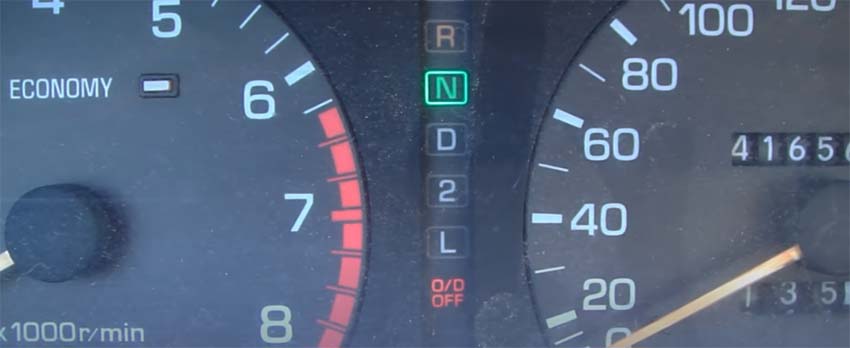
Recognizing the Right Time to Use Overdrive
Just as you wouldn’t wear winter boots to the beach, using overdrive requires recognizing the right circumstances. Knowing when to activate or deactivate overdrive can make a noticeable difference in your driving experience.
-
For Highway Driving: If you’re cruising along a flat highway or traveling long distances, it’s a good idea to keep the overdrive on. This will keep your engine calm, consuming less fuel, and ensuring you get a smooth drive.
-
For City Driving: City drives with their stop-and-go traffic might not always make the best use of overdrive, but it doesn’t harm to keep it on. You might not always reach the higher gears due to frequent stops, but when you do, overdrive can still offer benefits.
-
Towing or Carrying Heavy Loads: Here’s where you might consider turning overdrive off. With heavy loads, your car needs that extra power and torque which is more accessible with overdrive off.
Potential Long-Term Impacts on Your Vehicle
As with any feature in your vehicle, how and when you use overdrive can influence the car’s longevity and performance in the long run. Regularly using overdrive, especially in appropriate conditions, can provide fuel savings and reduce wear on your engine. This translates to fewer trips to the mechanic and a vehicle that might last longer. On the flip side, constantly toggling between overdrive settings without understanding when it’s needed can cause wear on the transmission system over time. This might lead to more frequent maintenance needs or potential costly repairs. Thus, it’s vital to be informed and judicious in your use of overdrive to ensure you’re getting the best from your vehicle without unintentionally causing harm.
Conclusion
Mastering the various features of a vehicle, especially one as pivotal as overdrive, can lead to a vastly improved driving experience. With knowledge comes the power to make informed decisions, ensuring that the vehicle operates in its prime condition, offering maximum efficiency and longevity. The key is to align the overdrive function with the demands of the driving environment, balancing power with efficiency. As with all car features, always consult the vehicle manual and stay updated on best practices. By doing so, drivers can ensure they get the best performance from their vehicle, every time they hit the road.
